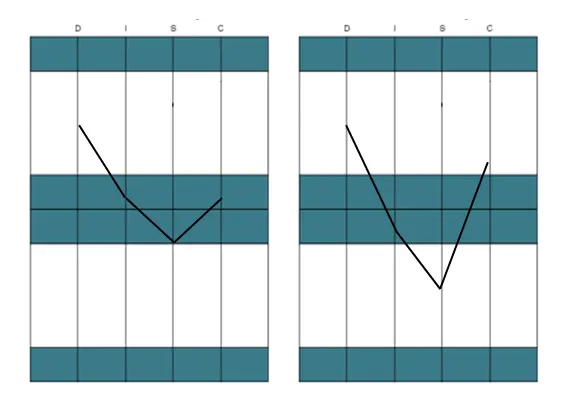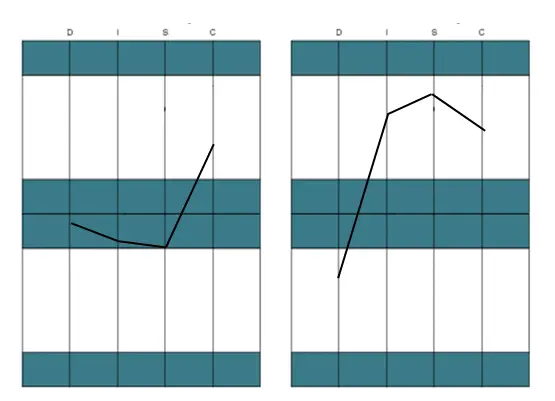This case study shows how DISC assessments for improving communication can make a significant difference to leadership effectiveness and employee retention.
Jim was a highly conscientious employee who had been with the company for more than ten years. During this time, he had been promoted to head of his department and was responsible for managing a team of eight people. He reported directly to the company’s general manager.
In July 2013, the organisation appointed a new general manager after Jim’s long-term GM retired. Soon after the leadership change, Jim realised that the new GM had a very different management style. To him, the new approach felt abrasive and he found it increasingly difficult to communicate effectively.
Fortunately, Jim had a strong relationship with one of the company directors who had originally encouraged the organisation to employ him. Jim’s father was a close friend of this director, and during a social occasion Jim casually mentioned that he was struggling to communicate with the new GM. He emphasised that he did not want to cause conflict, but he admitted that he and a few other managers were quietly considering resignation.
For long-serving and high performing employees to even contemplate leaving was a major concern. The director immediately contacted one of our resellers and asked them to investigate what was causing the growing dissatisfaction.
The consultant began by conducting an Open 360 assessment process involving the GM and six departmental managers. The feedback, however, produced mixed and sometimes contradictory messages.
To gain deeper clarity, the consultant then requested DISC behavioural style reports for the GM and the managers. This provided a clear explanation for the communication issues. The GM’s Profiles (shown opposite) indicated a natural style that aligned well with three departmental managers whose own DISC styles were compatible. These managers showed DI and DS styles and had no notable communication problems.


The three managers who were struggling, including Jim, shared similar DISC styles. Jim’s Profiles (shown opposite) revealed that his perceived need to adjust his behaviour (Profile I) differed significantly from his natural behavioural style (Profile II). He felt he had to become far more cautious and, to some degree, powerless in his role. His team even sensed that he had become more introverted.
The other affected managers did not show as dramatic a shift between Profile I and Profile II, but the pattern was similar. Their natural styles were SI and IC, and they felt compelled to move towards much more compliant and careful behaviour. All three managers were experiencing increased pressure to adapt in ways that felt unnatural and demotivating.
The key turning point came when the GM reviewed the DISC reports. He recognised that he needed to adjust his approach when working with the three managers. By taking time to understand their motivators, natural strengths, and development areas, he made intentional changes to his communication and leadership style.
The workplace climate improved significantly as a result. The consultant who supported this process reported that the customer was extremely satisfied with how the situation was resolved.
This case study demonstrates the powerful role DISC assessments can play in improving communication, strengthening leadership relationships, and preventing the loss of valuable staff members.







